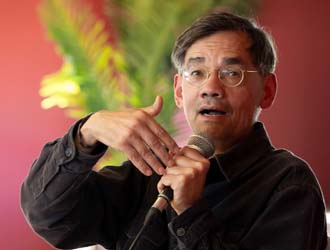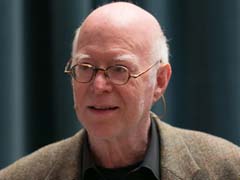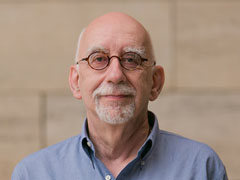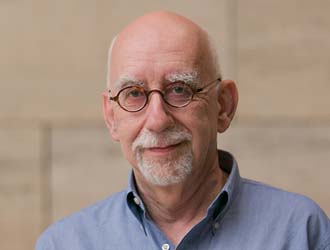El sociòleg Richard Sennett i el politòleg Ira Katznelson defensen l'aplicació dels principis del pensament pragmàtic a la millora de la forma i el contingut de la ciutat, una «ciutat decent», encaminada cap al que és desitjable però lligada al que és possible.
The sociologist Richard Sennett and the political scientist Ira Katznelson visited the Centre of Contemporary Culture of Barcelona (CCCB) on 2 July 2015 to take part in the debate “What Is a Decent City? Between Pragmatism and Utopia”, which was moderated by Judit Carrera, director of the European Prize for Urban Public Space. This event was part of “The Possible City” programme, which was jointly organised with the Social Science Research Council, New York and included such other well known scholars of the city as Teresa Caldeira, Diane Davis and Richard Burdett.
Sennett sees pragmatism as a very useful philosophical instrument when dealing with urban matters. This current of thought, which shuns abstract truths in order to focus on specific practices is, in his view a good antidote to the divorce between criticism and action in the city, whether it is understood in the sense of “citée” – lived experience – or “ville” – the built-up environment. In the former case, a pragmatic approach to the ethics of the city means that it is not enough to denounce climate change but that this must be combated starting from everyday practices, for example doing without the private car. As for the physical dimension of the city, Sennett draws three great challenges from the pragmatic approach. First, he says that buildings and neighbourhoods must be endowed with “porosity”, which is to say, promiscuous boundaries that are permeable to the realities of their setting. Second, “underscaling” of construction must be imposed, thus moderating the dimensional potential of infrastructure or skyscrapers to make sure that they do not fall into the categories of gigantism or hypertrophy. Third and finally, it is necessary to foster “incomplete forms” which “are more democratic” than finished forms because “over time, others can modify them by adding something”.
Ira Katznelson also takes the approach of pragmatism, situating the “decent city” as being on the way to the “desirable city” but very close to the “possible city”. For him, the decent city is “a place for masses without hysteria”, a place “of congestion without confusion”. It is a space marked by diversity and yet by a collective sense of belonging. It is a structure formed by territories which are at once self-sufficient and highly interdependent. In his defence of decency, Katznelson warned about disconnection and intolerance, which bring on hysteria, confusion, alienation and clashes between territories.






